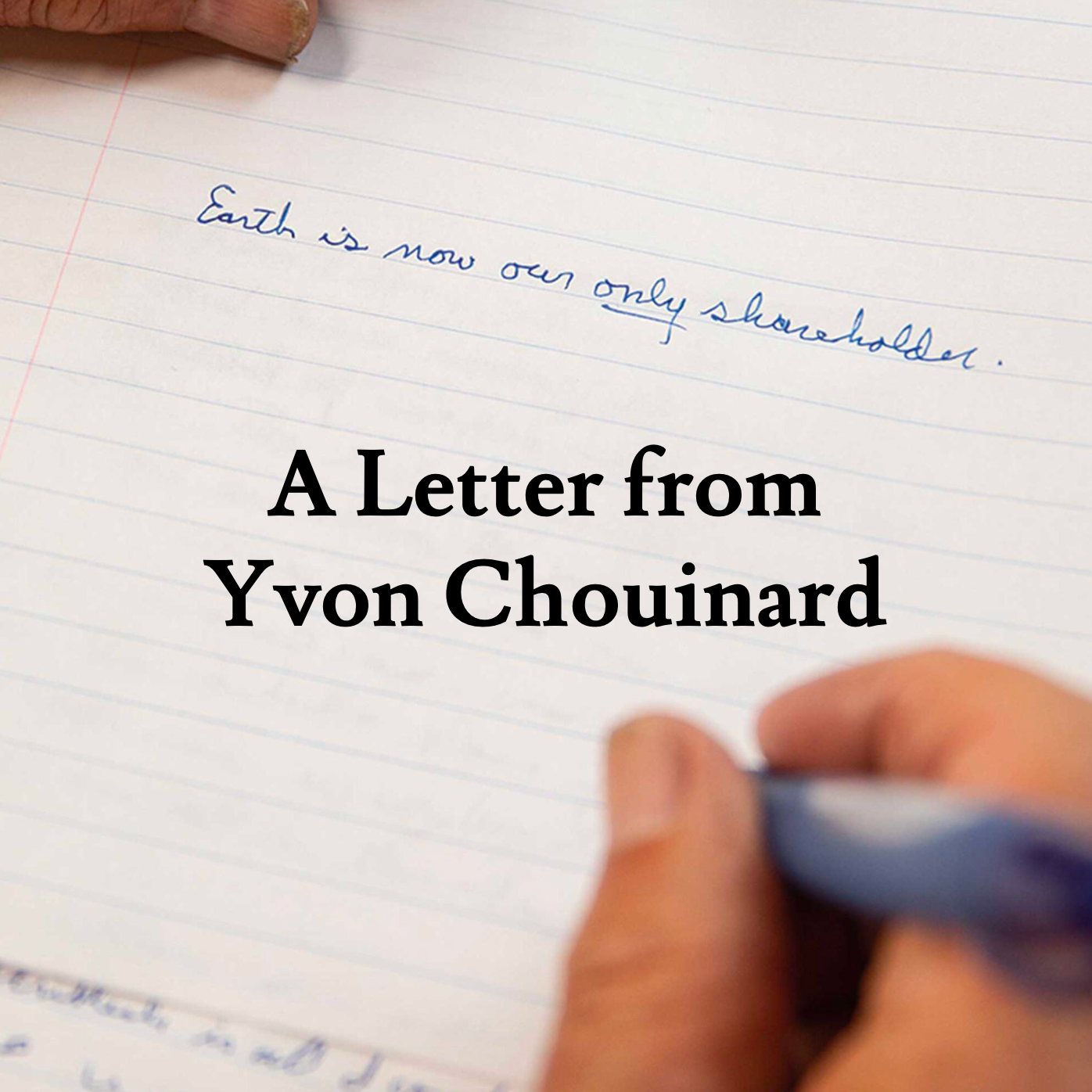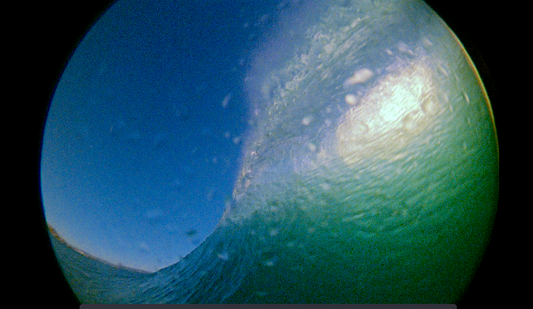A king penguin colony on the Salisbury Plain, South Georgia. Krill is a keystone species for life in the Antarctic, including penguins. Photo Flavio Gasperini
Surrounding me in the water were the blows of hundreds of fin whales, the chatter of wheeling seabirds, and the dip and diving of chinstrap penguins, all of them trying to compete with this floating mega factory for the same thing. I knew that in 2021/22, four humpback whales were killed in the nets of krill trawlers. It felt so wrong, so affronting, to have an ocean so full of life, being pillaged for profit.
It left me with a question that had to be answered: Why do we catch krill?
Krill are the foundation of the Antarctic ecosystem. A tiny shrimp-like creature, they are the main source of food for everything from the great whales – including the world’s largest animal, the blue whale – all the way down to seals, penguins, albatross, and seabirds. They are critical to the web of life in the Antarctic. Upon my return from Antarctica, I was determined to find out why krill was being caught… and where it was being sold.
Alistair Allan, the Bob Brown Foundation’s Antarctic and Marine Campaigner in front of an abandoned whaling ship on South Georgia. Photo Flavio Gasperini
This is where I think most people would be shocked. Krill is used for three things – to feed to farmed industrial salmon, to create supposed ‘health’ supplements, and to be used in pet food. I couldn’t imagine a more unnecessary list.
How could it be possible that we are taking the keystone species of one of the world’s last great wildernesses and feeding it to farmed salmon? Or using it as a supposed ‘health’ supplement when there are easier, cheaper plant-based alternatives? When I then learned that the biggest fishing company targeting krill – Aker BioMarine – had been unprofitable, unable to make money out of the krill fishery for the past decade, my mind was spinning.
It made me realise that we have arrived at a crossroads in the krill fishery. It is just reaching the end of its ‘exploratory’ phase. As the world’s oceans get more and more exploited, these unscrupulous companies are trying to push krill on us. And it’s here that we can make a difference – as consumers and as customers holding companies to account.
As a result of my investigations, the Bob Brown Foundation has just released a report titled Krilling Antarctica – Australia and New Zealand’s outsized role in krill fishing. It puts all the companies, supermarkets and pharmacies profiting off Antarctica’s destruction in Australia and New Zealand on notice.
The ecologically damaging Antarctic krill industry feeds the ecologically damaging Tasmanian salmon industry. Photo Alistair Allan
In Tasmania, Huon Aquaculture salmon are fed by a company called BioMar. When I visited the BioMar factory in Tasmania, I learned that this one factory alone was using 1200 tons of krill meal annually. That’s 3 billion individual krill a year. Tassal salmon are also fed krill. Where does that salmon end up? In your local major supermarket, of course.
Krill fishing is an environmental crime committed to create unnecessary products. It is an industry that shouldn’t exist, and we’re telling those who sell it that enough is enough. If the fishing companies have no one to sell it too, it will be left for those who really need it – Antarctica’s wildlife.
The time has come take krill-fed salmon and krill products off Australian shelves. That’s why the Bob Brown Foundation are rolling out a series of actions. If you want to get involved and become a krill defender, you can take action here.
Antarctic Krill: “We Are Taking the Keystone Species of One of the World's Last Great Wildernesses and Feeding It to Farmed Salmon"

















